Abstract
Background
While histopathologic changes correlate with functional impairment in cross-sectional studies of diabetic nephropathy (DN), whether these findings predict future rate of kidney function loss remains uncertain. We thus sought to examine the relationship between kidney histopathology, incidence of end-stage kidney disease (ESKD), and rate of estimated glomerular filtration rate (eGFR) loss in DN.
Methods
In this longitudinal cohort study, we studied 50 adults diagnosed with biopsy-proven DN. We analyzed the histopathologic parameters of each patient’s kidney biopsy, as defined by the Renal Pathology Society classification system for DN, and tracked all available eGFR measurements post-biopsy. We additionally collected baseline clinical parameters (at the time of biopsy), including eGFR, albumin-to-creatinine ratio (ACR), and hemoglobin A1c. Multivariable linear regression was used to assess the relationship between histologic and clinical parameters at the time of the biopsy and eGFR slope. Kaplan-Meier curves and Cox regression were used to evaluate the association between histologic and clinical parameters and ESKD incidence.
Results
Progression to ESKD was associated with worsening interstitial fibrosis score (p = 0.05), lower baseline eGFR (p = 0.02), higher ACR (p = 0.001), and faster eGFR decline (p < 0.001). The rate of eGFR decline did not associate with any histologic parameter. Baseline ACR was the only studied variable correlating with eGFR slope (rho = − 0.41).
Conclusions
Renal histology predicts ultimate progression to ESKD, but not the rate of progression. Future work is required to identify novel predictors of rapid functional decline in patients with diabetic nephropathy.
Misra PS, Szeto SG, Krizova A, Gilbert RE, Yuen DA
BMC Nephrology
Published 2020
Research Project: Precision Medicine
Connect with us!
Subscribe to learn more about what we do, why it matters, and how you can get involved!




